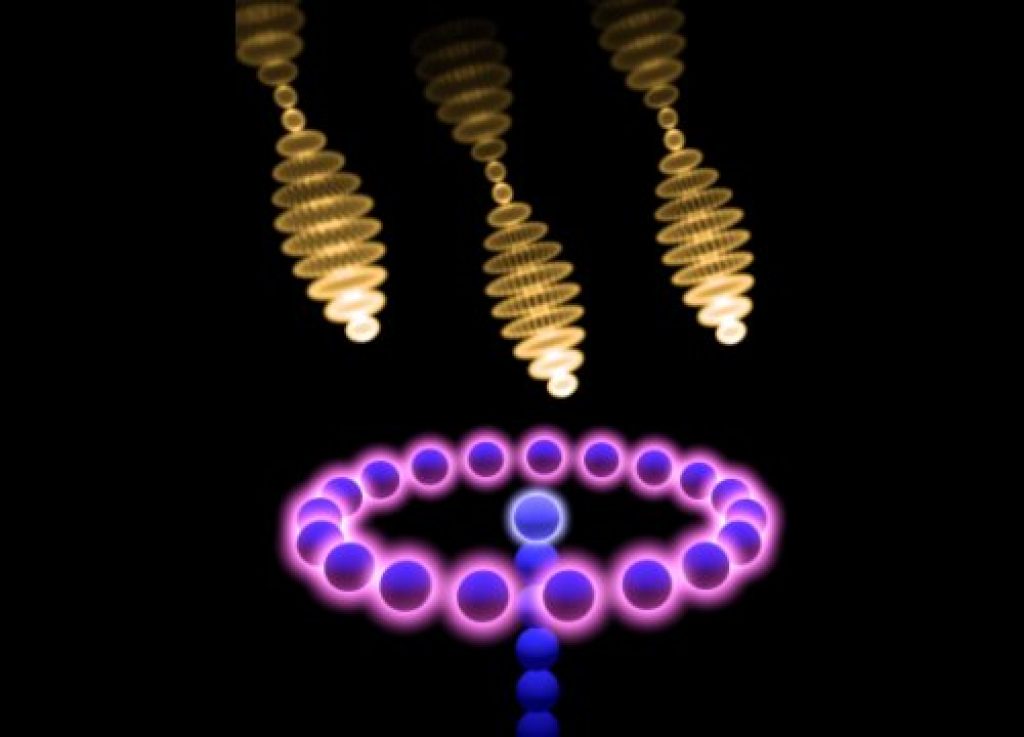
AsianScientist (Aug. 28, 2014) – An international team of theoretical quantum physicists is working on a way of absorbing light and storing it as energy. A study documenting their findings on a phenomenon known as “superradiance” has been published in Nature Communications.
The research team, which included Dr. Erik Gauger from the National University of Singapore, was intrigued by the process algae used to transform light into electrochemical energy, which showed a property known as “superradiance.” Supperradiance occurs when atoms interact with the surrounding electromagnetic field, absorbing and emitting light at high speed.
“Collectively, the atoms release a far more intense light pulse than they can individually,” explained Dr. Tom Stace, from the University of Queensland’s School of Mathematics and Physics.
“We began by asking how light absorption might be increased if an algae’s chloroplasts—specialized sections of plant and algal cells—could be re-engineered,” he said. “Our theoretical model shows that superabsorption, the reciprocal process of superradiance, can be achieved and sustained in certain simple nanostructures by engineering how the atoms interact with one another.”
In addition, their theoretical model explains how interactions between the atoms, in a suitable geometrical arrangement, might allow a quantum system to be controlled such that a sustained superabsorbing state can exist.
To prove this principle, the research team proposed a particular array of quantum dots, noting that its molecular ring structure was similar to the photosynthetic light harvesting complex found in algae.
“The ability to harness light at an atomic level would improve solar panels, and bring scientists a step closer to building a ‘super-absorber’ for energy storage,” Dr. Stace said. “Our design might become the basis of highly efficient systems for harnessing solar energy in the future.”
“But in the meantime, what we’ve discovered about superradiance could help build an ultra-sensitive light sensor for the world’s most powerful camera. In the dark or in bright light, a camera using this technology would see better than the human eye, and produce super-high resolution pixels.”
The article can be found at: Higgins et al. (2014) Superabsorption of Light Via Quantum Engineering.
——-
Source: University of Queensland.
Disclaimer: This article does not necessarily reflect the views of AsianScientist or its staff.












